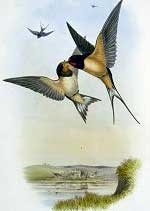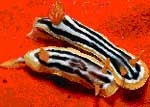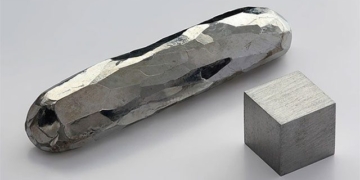A remote island near Antarctica is planning to eradicate a large population of house mice, as they pose a threat to the local ecosystem and are decimating rare seabird species.
The house mice on Marion Island, part of the Prince Edward Islands located between Cape Town, South Africa, and Antarctica, are breeding out of control and severely damaging the island’s unique biodiversity, Business Insider reported on March 18. According to Anton Wolfaardt, project manager of Mouse-Free Marion, they are among the most successful animals in the world and are found everywhere.

Young wandering albatross under attack by mice. (Photo: Stefan Schoombie).
The invasion of Marion Island by house mice began in the early 19th century when they escaped from sealing ships and became the first mammalian predators on the island. These mice prey on seabirds, including chicks in nests and adult birds, despite being only a fraction of the size of their prey. Conservationists on Marion Island have previously photographed a mouse feeding on a young wandering albatross.
Mice hunting seabirds is a rare phenomenon that has only been documented on a few islands. The increase in global temperatures is behind the surge in mouse populations on the island, prompting them to seek alternative food sources such as seabirds. The mice have found many seabirds unable to defend themselves against their attacks, making them stationary targets.
According to BirdLife International, the Prince Edward Islands are home to millions of seabirds belonging to 29 species, including penguins. The Mouse-Free Marion project states that 19 of the seabird species breeding on the island will face local extinction unless authorities take action.
This is why the project plans to use helicopters to drop 550 tons of bait containing rodenticides across the island. They claim this is the only successful method for eradicating mice from large islands. Keith Springer, executive manager of the Mouse-Free Marion project, states that their plan is significant for the island and the broader region. The seabirds on Marion Island are part of the regional seabird population, which is inherently linked to the health of the sub-Antarctic area.
It is estimated that there are over one million house mice on Marion Island. Previous efforts to reduce their numbers, including the use of cats, have proven ineffective and complicated the issue. Thousands of feral cats killed 500,000 seabirds annually until they were eliminated by a flu virus. Currently, the Mouse-Free Marion project is seeking to raise $25 million for the plan, which is likely to commence in 2027.





















































